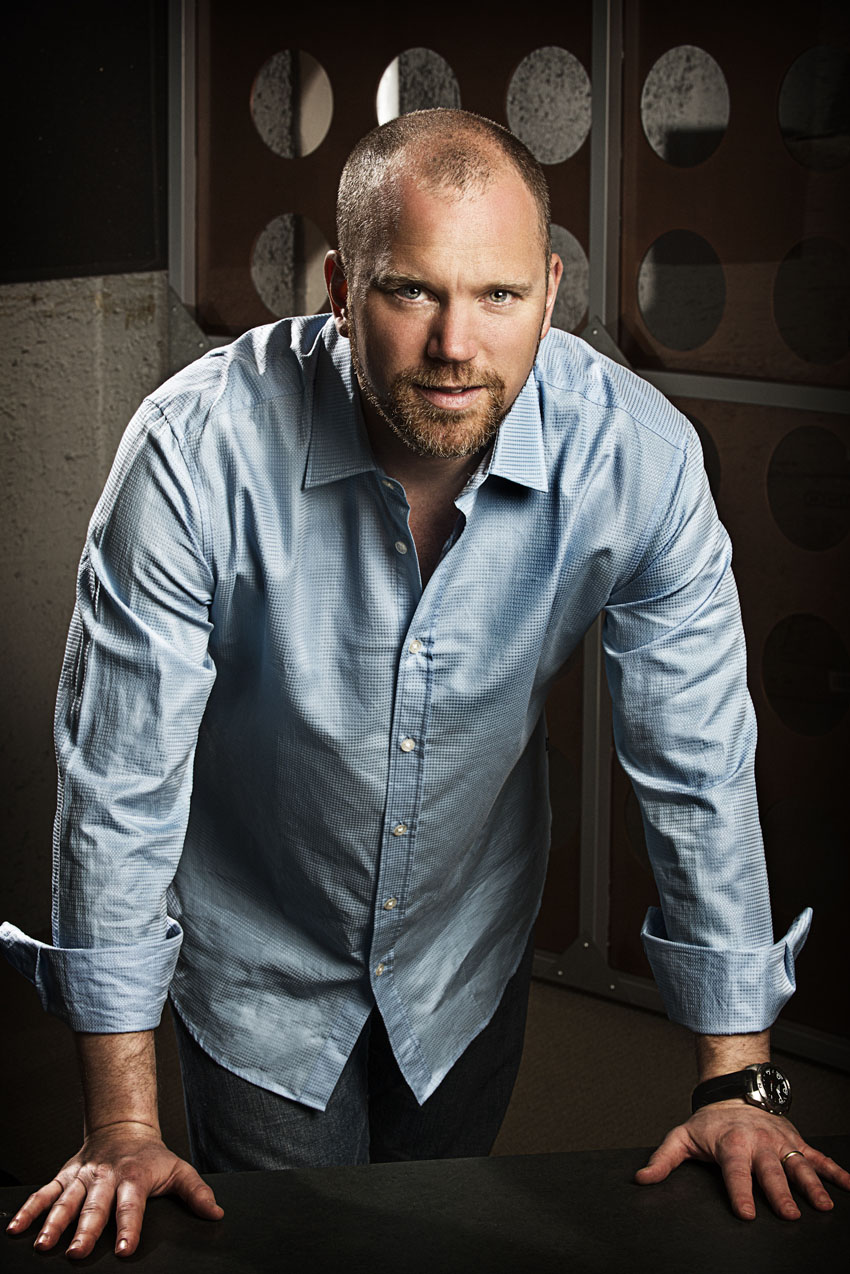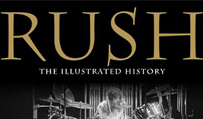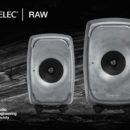 Robb McDaniels
Robb McDaniels
Founder/CEO, INgrooves Fontana
Years with Company: 11
Address: 444 Spear St., Ste. 213, San Francisco, CA 94105
Phone: 415-489-7035
FAX: 415-489-7049
Web: http://ingroovesfontana.com
Email: robb@ingrooves.com
Clients: BMG, Cherry Lane, Delicious Vinyl, EMG, Fat Possum Records, Ipecac Recordings, Metal Blade Records, Nat Geo Music, Nettwerk Music Group, Ministry of Sound, ReverbNation, [PIAS], Ruff Ryders Records, Razor & Tie, Skaggs Family Records, Suicidal Records, UMG, Watertower Music, VP Records, Varese Sarabande, the Lumineers, Coheed and Cambria, Sly & Robbie, Mac Miller.
BACKGROUND: Unfulfilled as an investment banker selling credit derivatives to companies like Enron, Robb McDaniels left a hefty salary behind to pursue a career in the music industry. Taking a look at the sea change occurring with digital distribution, he decided to create the ultimate delivery service. Besides offering advertising and promotion, INgrooves plays a critical role in operating the technological backbone that brings today’s streaming landscape into reality.
That Light Bulb Moment:
I formed the idea of INgrooves after seeing the impact Napster had and the fact that suddenly the fan had all this music at their fingertips, the empowerment that caused fans to feel and the sense of engagement they had with their friends in finding old hits and so forth. I began building the idea for a new type of digital record company that had, at its core, a technology platform that would automate all of the aspects of distribution and administration and allow the rest of the company to focus their energy on the creative side of the business.
All Forms of Media, Delivered All Ways:
From day one, [INgrooves] was always going to be a digital media distribution company. We started in music. We’ve since expanded into books and short-form film content. Eventually, we’ll add other media asset classes, as well. But the concept is you’ve got many different content creators and owners trying to reach many different touch points in the digital world. So you have this many-to-many relationship. Our whole business model is predicated on facilitating that relationship and making it efficient and easy.
Providing Backbone:
We are partners with ReverbNation; we’re the back office for their distribution, effectively. They offer distribution to emerging, unsigned indie artists, have that relationship with that artist, and then we do all the delivery to the music services for their product. ReverbNation offers the opportunity for these artists to get their album to 30 of the biggest digital retailers for a fixed fee. That comes through our system. Our platform, ONE Digital, is really the backbone for a large percentage of the industry. We not only do that for ReverbNation and all of our management companies and independent label clients, but also Universal Music Group in North America, so all of Interscope and Republic comes through our system to iTunes, Amazon, Spotify, YouTube and so forth. We’re the distribution architecture for a large portion of the industry.
Scalable Magic:
There’s lots of magic that goes on behind the scenes. [ONE digital] is an incredibly cost-efficient, flexible, reliable and scalable platform that allows the user to control distribution of their releases. The digital supply chain is incredibly customizable and efficient. I had this idea for what I wanted INgrooves to be, but I didn’t have any experience in software development or digital media. David Kent, who’s still our CTO, was at least partly responsible for helping turn Napster into such an incredibly scalable and efficient peer-to-peer network, so David’s expertise was in building large, enterprise systems at a much lower cost than other people could. David has been the primary architect of our software platform. And we’ve always been committed to software development and engineering. A significant portion of the money we’ve raised has gone to investing in that platform. Our commitment to that side of the equation and our willingness to bet on that being the future of the industry is what sets us apart. There are others who do a few bits and pieces of the distribution supply chain, but they can’t do everything we do.
Two Units:
We have two distinct units within INgrooves. Our distribution services provide distribution and sales services generally to independent labels. Typically, independent labels have their own marketing staffs, sometimes their own sales staffs and so forth. They have larger catalogs and that’s typically a lower distribution fee. Then we have our new artist services unit. That provides distribution and sales services, but also marketing services. We have a team of 10 people that are dedicated to working with those artists and their managers directly. It’s usually a two- or three-year deal that lays out specifically what we’re going to do in which countries.
Getting IN:
You’ve got to have great music. At the end of the day, that’s what’s going to make you sink or swim. We take risks, as well, on new acts. If it’s great music and you’ve got some buzz, we’ll take a shot. It (also) helps to have a great team around you. There’s a lot of work that goes into a release and that work needs to be shared. And you need to show you are willing to work hard and be engaged with your fans.
Acquiring Fontana:
I never thought I would have a separate line item for physical distribution. Physical distribution is still an important part of the business. We were at risk of losing some of our big clients, because they needed physical distribution and we didn’t have a centralized, cohesive solution for them. We had a very good relationship with Universal; they’re a minority shareholder of our company. We already had all of the Fontana assets in our system, because we handle all digital for Universal. We had a relationship with a lot of these labels, so it was an easy decision for us. We still see physical distribution as an important service. If we’re going to work the biggest records, we want to be able to do both physical and digital distribution, have all of it centralized and make it easier on our artist and label clients.
The Revenue Pie:
We’ve seen an increase of 300 percent in streaming services over just the last two years. So you’re going to continue to see the shift away from physical to digital. The mix of digital downloads to streaming is shifting at the same time. Probably by 2014, your typical artist or label will see a third of their recorded music revenue from physical, a third of their revenue from digital downloads and a third from streaming.
It’s Tougher Than You Think:
There are many ways to distribute a product and everybody’s got their own way they want to sell it. People think you just hit the EASY button and all your stuff gets distributed and the money comes in. When you want to change a price on an album or switch genre, we’re sending updates to hundreds of different retailers around the world. And all of that needs to change at the same time. There are many permutations of how an album gets managed and released. That’s one of the reasons we’re one of only two or three companies that do this on a global basis for as many products as we handle. There are not many people who are willing to invest the kind of money we’ve invested to be able to handle all of that.
What’s To Come:
We are going to continue expanding our services. It’s important, especially for the independent label community, to be careful managing costs, so we’re going to continue investing in our centralized suite of marketing services. We’re excited about expanding internationally-—Germany, Australia and Latin America. Right now, 20-25 percent of our income comes from those international markets, so it’s a great revenue source, especially for US-based labels and artists. And we’re excited about consolidation opportunities. There are a lot of great career artists that aren’t that exciting to the major labels. We think we’re building a company that can fairly represent them.












